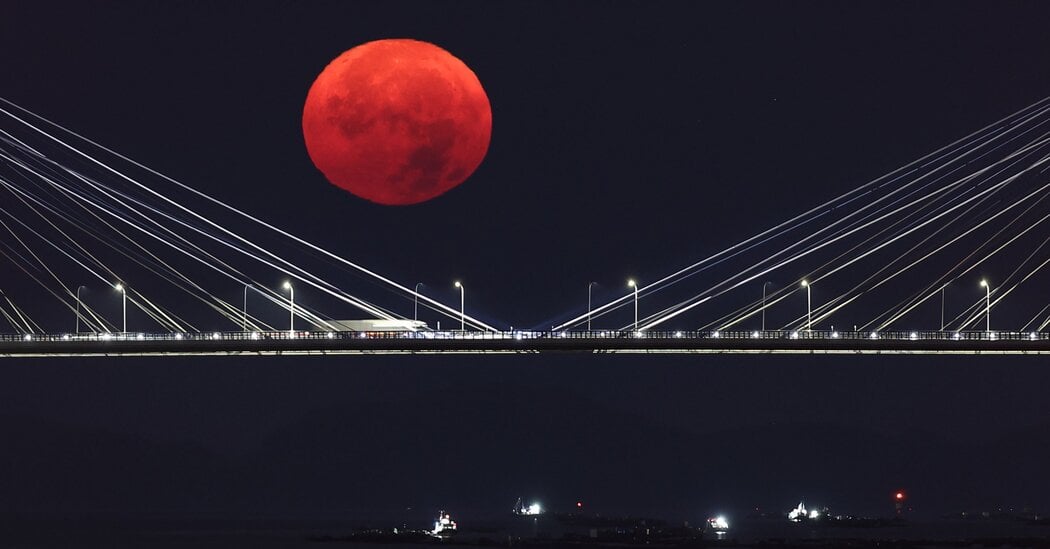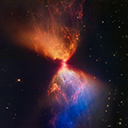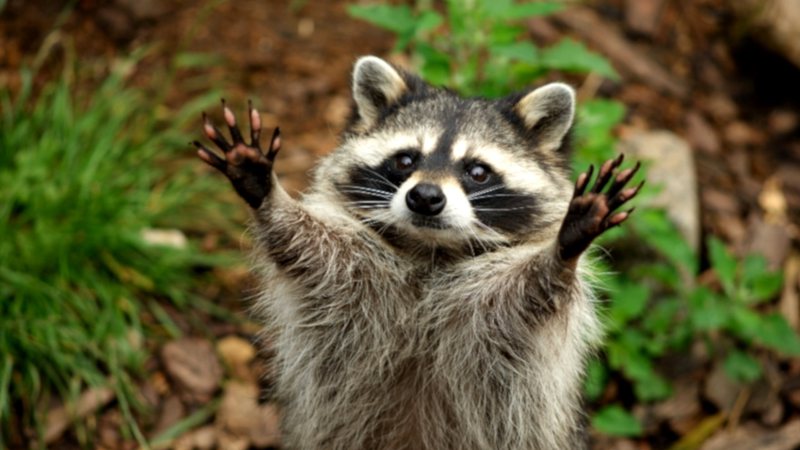The celestial event, which is visible from Sunday to Wednesday morning, probably won’t happen again until 2037. A “blue” moon bears no connection to the color blue, and the moon won’t have a colorful tinge. Instead, a blue moon is used to describe what is effectively an additional full moon, one that violates the rule of thumb, that there is one full moon in a month, or three full moons in a season.
What to know about blue supermoons:
- They literally mean nothing.
- The change is imperceptible to everyone.
- Expect useless clickbait slop about it until it passes.
- What? No. It means
- An extra and extended full moon is definitely perceptible.
- It being life itself.
Can’t we just admire the skies? The moon is one of the things untouched by light pollution.
A blue moon is just two full moons in a month. It really doesn’t mean anything.
And I find that cool
That’s fine, but it’s still basically meaningless. Months are entirely a human invention that don’t have any importance in the way the universe works.
i like meaning
What meaning? The moon is on a 28 day cycle that regularly overlaps with a 30 day month cycle. There is no meaning behind that.
It’s called blind faith. It’s how we survive. It’s how we create fun, man.
I like to see the supertides, but it may not be fun in some seaside communities.
The media empires love being able to recycle these kinds of stories and it drives engagement with the people who have short memories.
Oh good, another story about the same moon looking the same way it has for a billion years… but this time it’s called a Hunter’s moon instead of a Mother’s moon or some meaningless shit. Supermoons happen literally 4 times a year. Blue Supermoons are 6% of all full moons, so they aren’t even all that special.
Removed by mod






